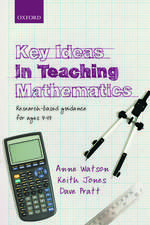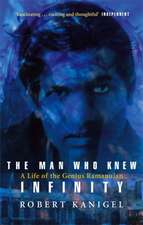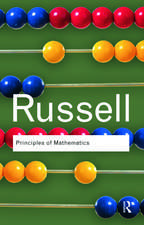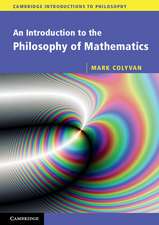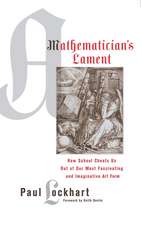Computer Aided Assessment of Mathematics
Autor Chris Sangwinen Limba Engleză Hardback – 2 mai 2013
Preț: 480.80 lei
Preț vechi: 633.44 lei
-24% Nou
Puncte Express: 721
Preț estimativ în valută:
85.10€ • 99.59$ • 74.45£
85.10€ • 99.59$ • 74.45£
Carte tipărită la comandă
Livrare economică 23-28 ianuarie 26
Preluare comenzi: 021 569.72.76
Specificații
ISBN-13: 9780199660353
ISBN-10: 0199660352
Pagini: 200
Ilustrații: 43 b/w illustrations
Dimensiuni: 162 x 242 x 18 mm
Greutate: 0.46 kg
Editura: Oxford University Press
Colecția OUP Oxford
Locul publicării:Oxford, United Kingdom
ISBN-10: 0199660352
Pagini: 200
Ilustrații: 43 b/w illustrations
Dimensiuni: 162 x 242 x 18 mm
Greutate: 0.46 kg
Editura: Oxford University Press
Colecția OUP Oxford
Locul publicării:Oxford, United Kingdom
Recenzii
It is a well written and well referenced text with attention to detail and practicalities ... of value for professionals in mathematics education of all levels.
The detailed discussion of the nature of mathematics and its assessment, which is necessary to discuss the computer aided assessment of the subject, is interesting in itself and challenges even non-computer assessment users to consider how and why they assess their students…The author makes good use of historical references to enliven the text, and which also demonstrate the timelessness of many of the problems that users of such systems face today.
Automatic computer-aided assessment in mathematics has the potential to enhance learning in a serious way...This book provides an important contribution here, and will help to improve assessment in mathematics in many ways.
The detailed discussion of the nature of mathematics and its assessment, which is necessary to discuss the computer aided assessment of the subject, is interesting in itself and challenges even non-computer assessment users to consider how and why they assess their students…The author makes good use of historical references to enliven the text, and which also demonstrate the timelessness of many of the problems that users of such systems face today.
Automatic computer-aided assessment in mathematics has the potential to enhance learning in a serious way...This book provides an important contribution here, and will help to improve assessment in mathematics in many ways.
Notă biografică
Chris Sangwin is a Senior Lecturer in the School of Mathematics at the University of Birmingham in the United Kingdom. From 2000-2011 he was seconded half time to the UK Higher Education Academy "Maths Stats and OR Network" to promote learning and teaching of university mathematics. In 2006 he was awarded a National Teaching Fellowship. His learning and teaching interests include (i) automatic assessment of mathematics using computer algebra, and (ii) problem solving using Moore method and similar student-centred approaches. Chris Sangwin is the author of a number of books, including How Round is Your Circle (Princeton University Press, 2011), which illustrates and investigates many links between mathematics and engineering using physical models.
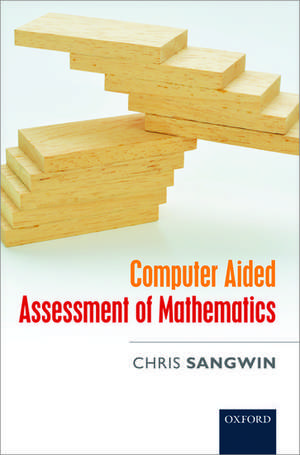
![Maths Frameworking -- Pupil Book 3.1 [Third Edition]](https://i2.books-express.ro/bt/9780007537778/maths-frameworking-pupil-book-3-1-third-edition.jpg)





